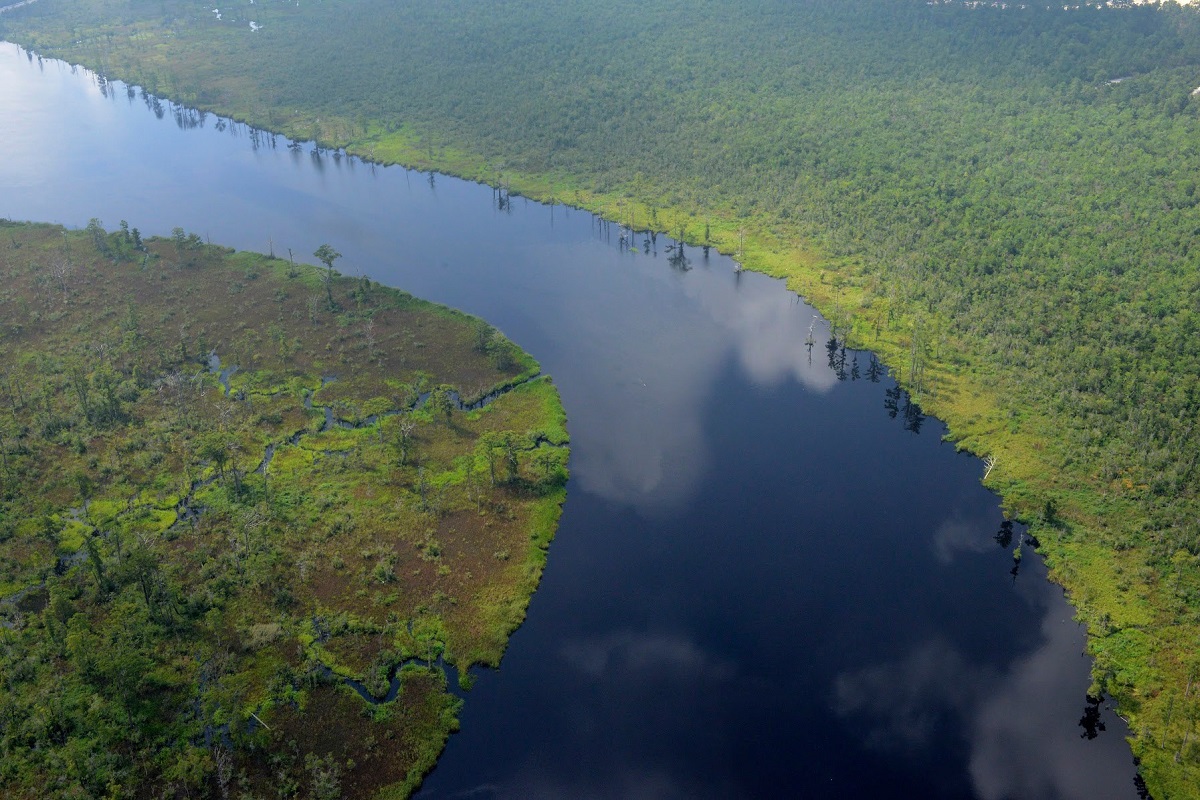
When you head down to the beach and look out at the ocean, what do you see? Birds. Maybe a fish splashing here and there. Mainly though, it’s water spreading out forever in every direction.
There are many methods to approach catching a fish in all that area, but trolling is the one that allows an angler to have baits or lures in the water for the longest period of time.
Supporter Spotlight
Trolling is the method to use when you know fish are out there, not necessarily relating to any specific structure, and not necessarily schooled up, feeding in a bunch. Having hooks in the water and working for a long period of time allows us to search along a current seam, temperature break, or offshore weed line, when it’s not obvious exactly where they will be. It’s an especially effective way to cover lots of water.
Keeping it simple
The simplest way to troll, and the way most people do it much of the time, is to simply drop a lure behind a slowly moving boat. A highly effective lure to catch Spanish mackerel, Atlantic bonito, bluefish, or any other schooling fish spread out over a large area, is a deep-diving swimming plug like the Yozuri DD deep-diving plug.
Keep your boat speed about 3 knots (1 knot equals 1.1 mph) and drop the plug behind the boat about 100 feet or so. No need to be too specific. The lure will dive beneath the boat wake and wiggle like crazy. If it’s working properly, your rod tip will throb.

There’s no need to add a trolling weight, planer, or other hardware, but a wire leader might be a good idea if you are fishing for mackerel or if bluefish are around. I’ve even caught king mackerel this way. Use the nylon-coated braided wire called Tyger wire that can be tied like regular fishing line. Tie it to your lure and then attach to a swivel. Attach your main line to the swivel.
When a fish hits, it will be a satisfying bend back of the rod. A nice-sized fish will be attached to you straight up with no intervening gear. It’s a fun way to troll. I’ve also caught fish doing this from time to time with a small casting spoon, a lead-head jig, or a fly on a fly rod, while looking for surface feeders. Even a dedicated caster finds it fun. On a small boat without all the bells and whistles, this is the way to go.
Supporter Spotlight
Getting serious
As with all things to do with fishing, however, we can make it as complicated as we want to, and we do when we start to take things more seriously. Tournament king mackerel trolling will easily see six rods being fished at once. If not set up properly, this can result in tremendous tangles.
Most tournament anglers like to use matched tackle and line, so it all behaves the same way in the water. Heavier line may produce more drag than thinner line making it move differently in the water and possibly causing a snag. The rods, reels and lines will all be the same.
Capt. Matt Paylor of Sound N Sea Charters in Morehead City likes to use five lines “staggered at different lengths behind the boat.”
Put the first out at 100 feet, on the other side set it at 75 feet. Bigger boats may use outriggers to increase the spread. Next, they will have a downrigger with a bait set about two-thirds of the way to the bottom.
Some may recommend using two downriggers, but Paylor says, “I rarely do two downriggers, because the chance of getting tangled is too high when using live bait due them swimming around each other.”
Finally, there will be two lines down the center, one 30 feet back and the other 15 feet back.
This staggering of depths and distances helps prevent tangles and covers all the angles from which a fish could approach the trolled baits.
Normally, the bait used will be live menhaden. Troll at a speed that allows the bait to swim without being pulled off the hooks or getting beat up too badly.

“Troll around two miles per hour, but that can vary based on sea condition,” Paylor said, clarifying that rougher seas require slower speeds. “We like to have a few bluefish in the live well also.”
Dead bait options include cigar minnows and sardines, but the best is a ribbonfish.
When a king hits, line will scream off the reel. On hookup with a big fish, the crew will clear the other lines.
“We try to leave one out for a chance to double up. We fight the fish from the bow, so one line can keep fishing out of the stern,” Paylor said.
Trolling with this method can result in some surprising bycatch, such as sharks (too often) but also cobia, amberjack, citation-sized Spanish mackerel and the occasional wahoo.
Mahi-mahi along the weed line
Dolphinfish, or Coryphaena hippurus, aka mahi-mahi, is a species best pursued via trolling. When sargassum weed spreads out along a current edge, it can result in a weed line that stretches miles. Fish can be anywhere along this line.
Due to the prevalence of weeds in the water and the need to clear lines, it may be useful and more efficient to only have two or three lines out. Put one out 100 feet, the other around 75 feet and a third down the middle about 40 to 50 feet back. When a rod gets bogged down with weed it will usually be pretty obvious.
Fish a rigged ballyhoo or cigar minnow using copper wire to pin the nose of the bait to the hook. It’s a decades-old approach that is easily researched on a million webpages. If it’s really weedy, there is a method to rig the hook so the point is inside the bait, similar to a Texas rig for plastic baits.
It always seems that any problem you can encounter while fishing, somewhere, somebody smart has figured it out. Have another rod or two ready to toss a baited hook or jig when a hooked fish comes in, due to the mahi’s propensity for following hooked fish to the boat. You’ll see them darting behind the fish that’s hooked.
Sometimes leaving a hooked fish in the water will hold a school next to the boat for a remarkable length of time. In this case, trolling has not only allowed the angler to cover water in search of a bite but has also actually brought a school of aggressive fish right to the boat.
Be aware of how much fish you can actually use or save in your freezer, and don’t kill more than you need.







